Science of auroraXcosmic project
1
Space weather and space climate as seen from Antarctica
New Japanese Antarctic observation research program AJ1007 (Space environmental changes and their effects on the Earth's atmosphere explored from the polar cap region, 2022-2027), auroraXcosmic project in short, is supported by NIPR/JARE. We will study space weather and space climate from Antarctica to understand how the Earth system is open to space.
The polar cap (magnetic latitude >75 deg) is a special region where geomagnetic field is mostly open to the solar wind, and therefore the atmosphere is directly affected by various types of energetic particles from space.
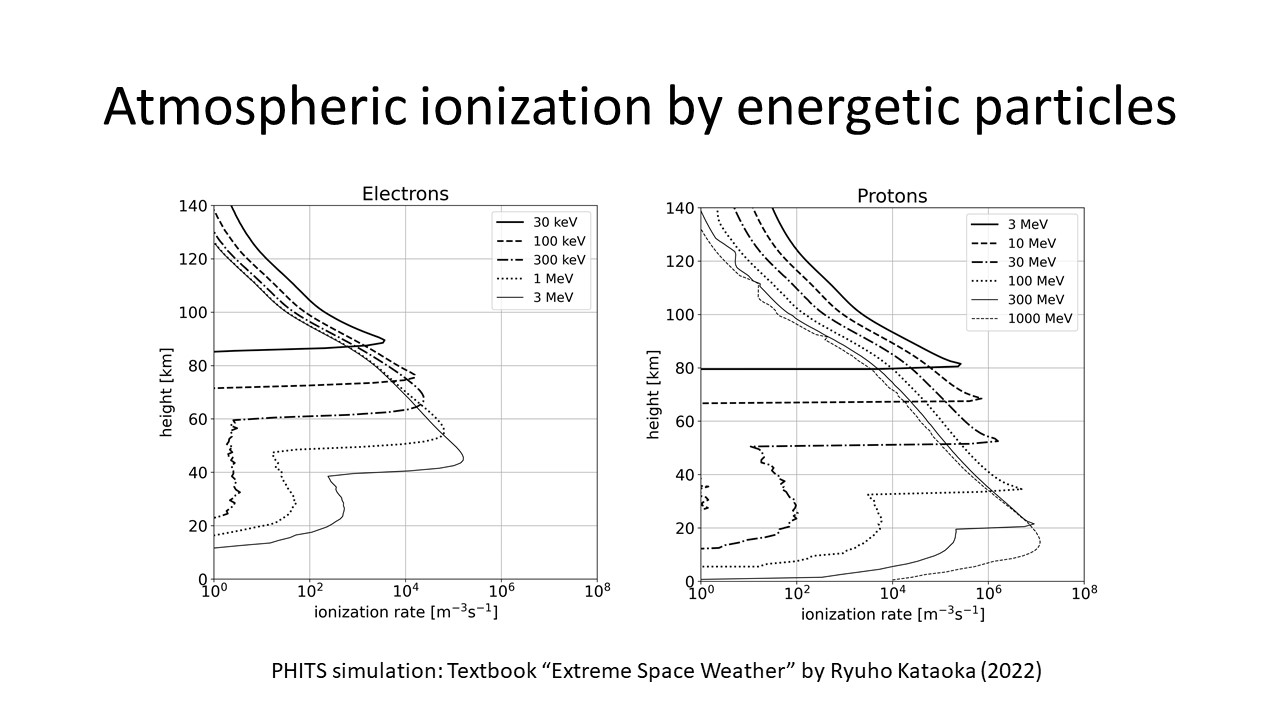
Auroras can visualize the atmospheric impact from auroral electrons and solar protons. However, the auroras in the polar cap are less understood because of relatively poor coverage of ground-based imaging observations. We will solve the technical problem by developing and distributing new imagers by international collaborations. We will then contriute better understanding of the outer boundary of Earth system, via close collaborations with simulations and data science.
Auroral Imager Network Observation
2
International collaboration
International network observations of both aurora and cosmic rays are necessary.
We are developing a cutting-edge auroral imager, PAI, inclding a tough housing and wind generator system bearable for Antarctica. The first PAI has been tested at Syowa Station since 2023, and the second PAI will be tested at Dome-Fuji II in 2025/2026. PAI will be distributed for future international collaborations over Antarctica. The map below shows the all-sky field-of-views, assuming 200 km emission altitude with 10 deg elevation angle cutoff.
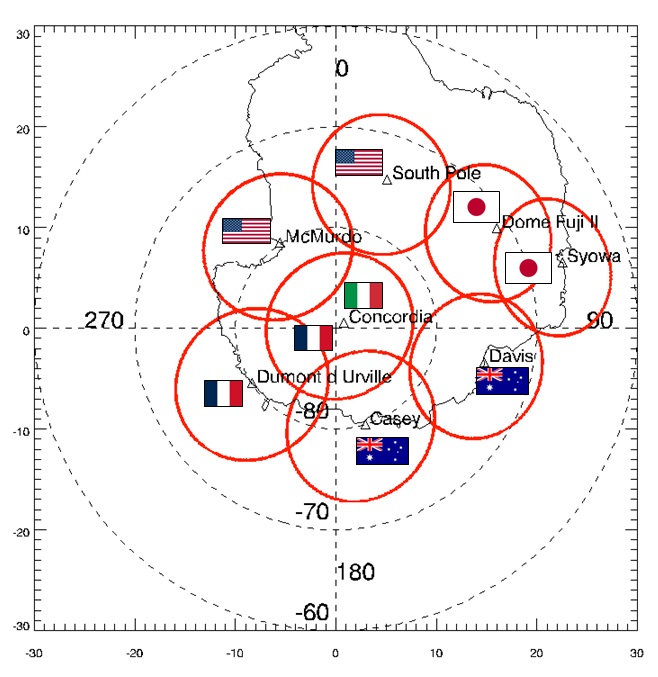
Main targets are high-altitude red aurora at 630.0 nm and low-altitude polar glow at 391.4 nm.
The red aurora can be used to identify the open/closed boundary of geomagnetic field.
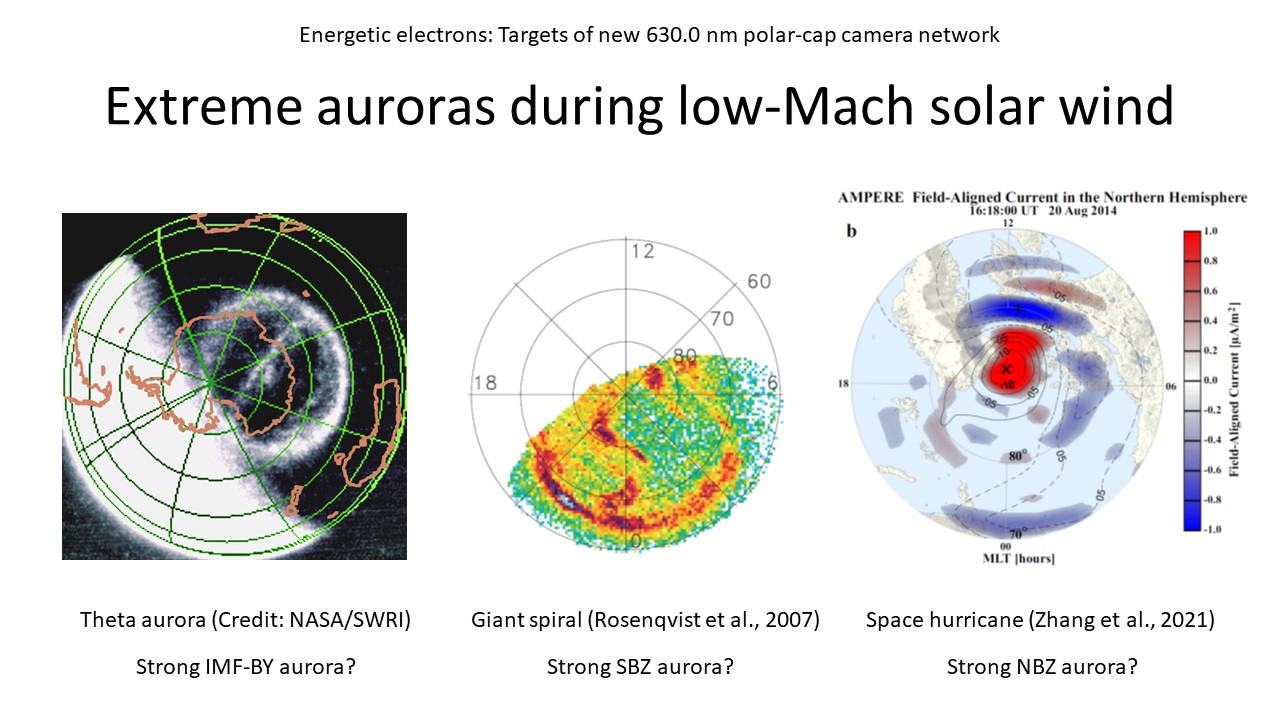 The polar glow can be used to measure the solar energetic particles (SEP) impacts.
The polar glow can be used to measure the solar energetic particles (SEP) impacts.
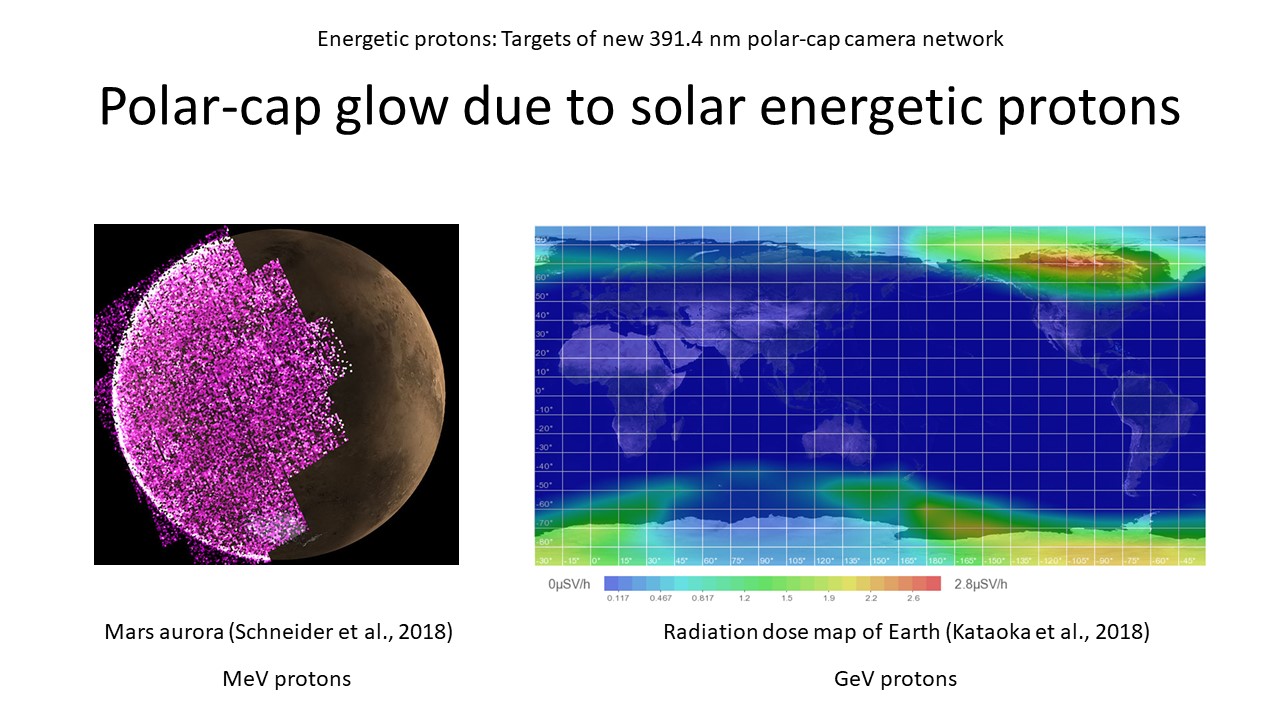
The high-energy SEP is also observed by neutron monitor and muon detector at Syowa Station. The cosmic ray observation at Syowa will be full-system in 2025 and the real-time data will be obtained every 10 min.
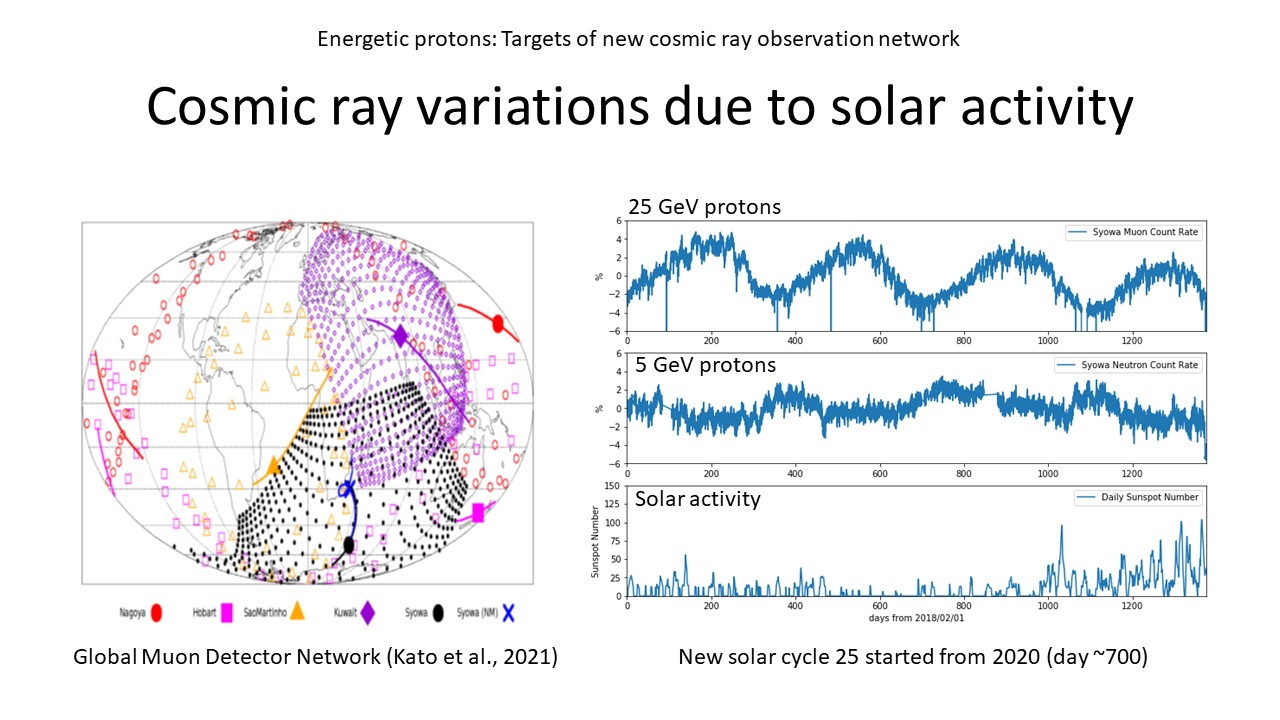
Of course we are fully using our heritages for understanding space weather and space climate. A suit of comprehensive geophysical observations is ongoing at Syowa Station, including PANSY radar, radio, riometers, high-speed auroral imagers (HAI), and magnetometers. Unmanned network observations (UAOs) are also ongoing along the auroral oval via international collaborations.
Reanalysis Space Weather Data
3
Collaboration with simulations and data science
REPPU global MHD simulation is used as the physics-based model for the reanalysis data study. We have developed million-times faster surrogate model for REPPU auroral ionosphere (SMRAI emulator; Kataoka et al., 2023, EPS) for accelerating the data assimilation works.
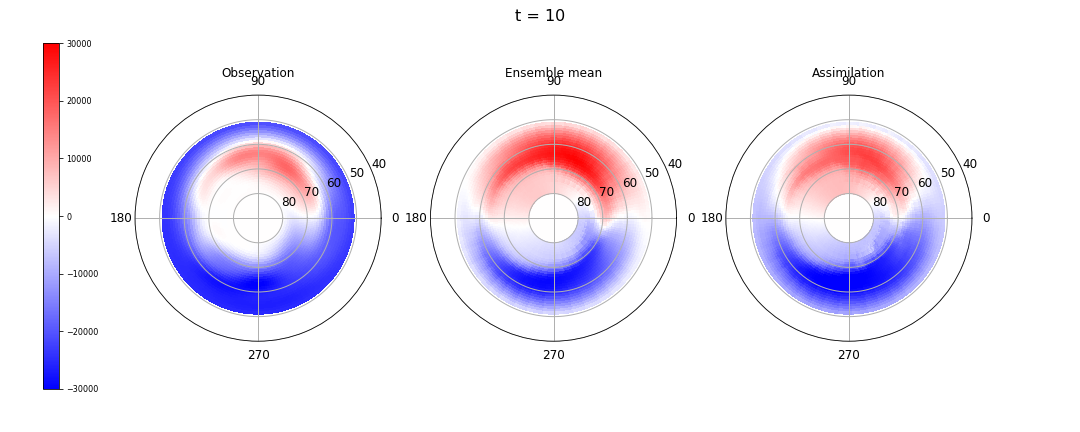
IUGONET is used as the open database.
Member 1
M1
All-Japan preparation team
PI: Ryuho Kataoka
Camera development: Takeshi Sakanoi, Keisuke Hosokawa, Takanori Nishiyama, Yasunobu Ogawa, Ken Murata, Satoshi Ishii
Radio at Syowa: Akira Mizuno
Riometer at Syowa: Yoshimasa Tanaka
Cosmic rays at Syowa: Chihiro Kato, Masayoshi Kozai, Shoko Miyake, Kiyoka Murase
U.S. collaboration (South Pole/McMurdo): Yusuke Ebihara
SuperDARN collaboration: Akira Sessai Yukimatu
Arase collaboration: Yoshizumi Miyoshi
REPPU simulations: Shigeru Fujita, Masakazu Watanabe
SMRAI emulations: Aoi Nakamizo, Shinya Nakano
Atmospheric chemistry: Yuki Nakamura
PhD Students: Yuki Hayashi
Support members: Mitsumu Ejiri, Takashi Minoshima, Naoki Terada
Advisors: Akira Kadokura, Kazuo Shiokawa, Kazuoki Munakata, Hisao Yamagishi, Takashi Tanaka
Member 2
M2
International collaborators
U.S. counterpart: Dr. Hyomin Kim, NSF proposal submitted (April 2023)
DAustralia counterpart: Drs. Damian Murphy and Simon Alexander, AAD proposal submitted (May 2023)
France and Itary counterpart: Prof. Mathieu BARTHELEMY, IPEV proposal submitted (July 2023)